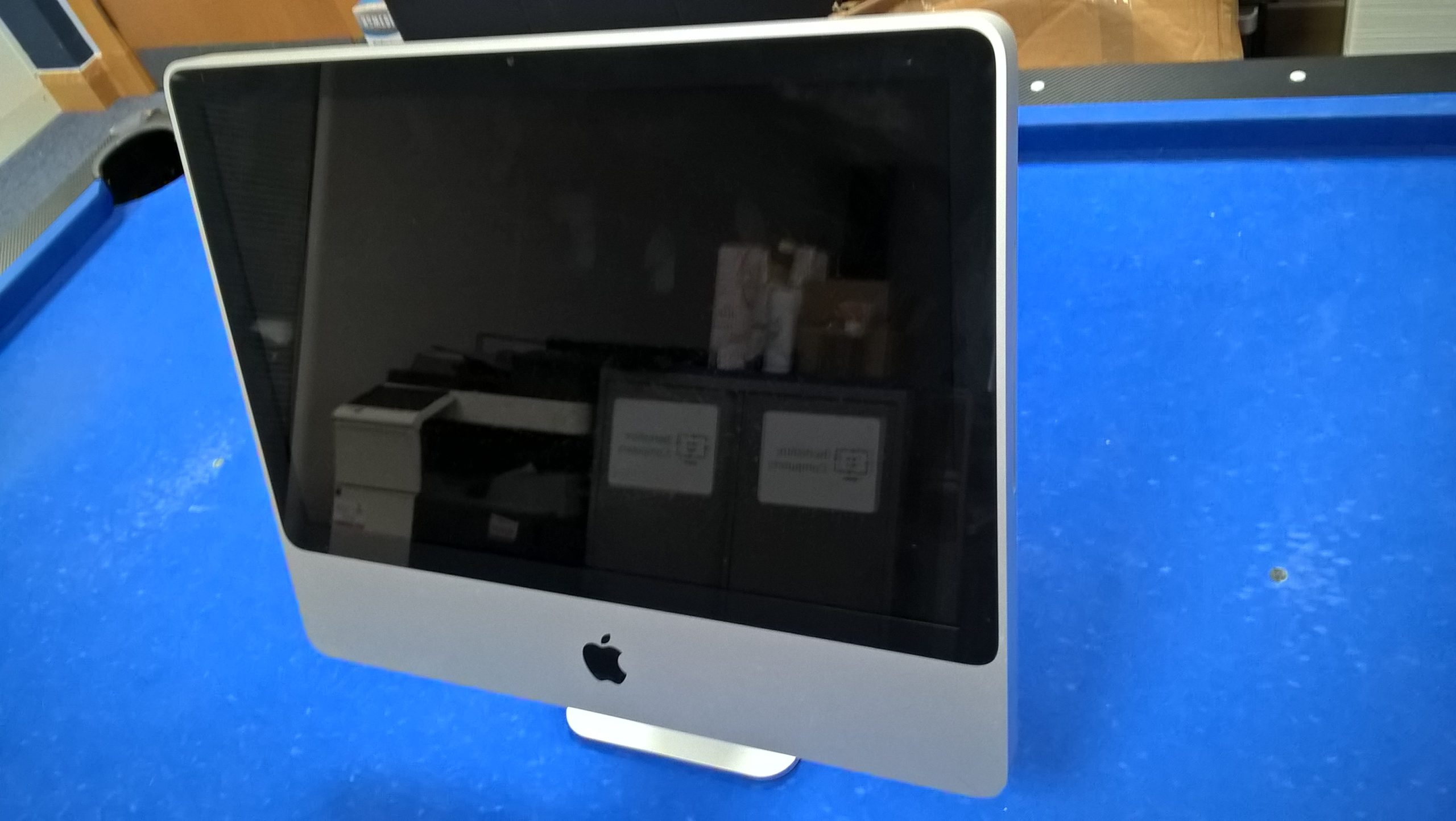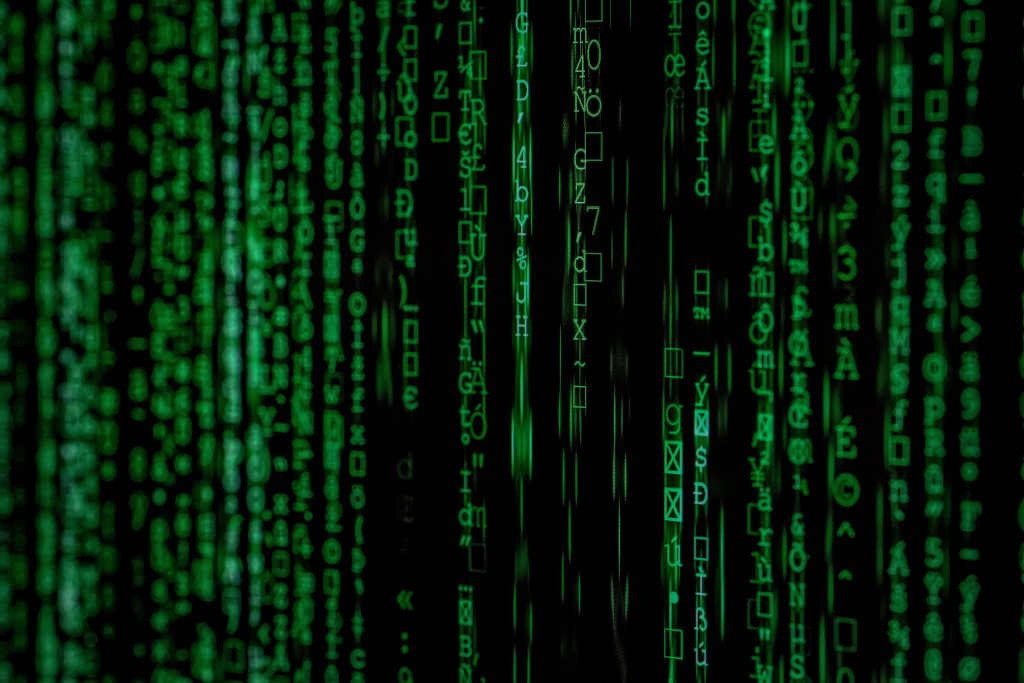Confronting the Consequences of a Cyber Misstep: A Cautionary Tale
In today’s digital age, the allure of shortcuts—especially in gaming—can sometimes lead us down a perilous path. I recently found myself grappling with the fallout of a poor decision that began innocently enough: downloading a Fortnite aimbot. Initially motivated by a desire to entertain my friends, I quickly discovered that this seemingly harmless action would turn into a significant cybersecurity nightmare.
Reflecting on my choice, I acknowledge it was an unwise gamble. As someone who typically reserves cheats for single-player experiences after exhausting a game’s potential, this incident has taught me a harsh lesson in digital ethics and security.
What transpired after my download was alarming. I fell victim to a hacker who employed a covert screenshot service to extract sensitive data from my device. The perpetrator reached out via email, threatening to expose personal videos unless I paid a ransom in Bitcoin. To justify their intimidation, the email included numerous passwords, likely harvested from either my Windows Hello setup or my Chrome stored passwords.
In response, I took immediate action—changing all my passwords and enabling two-factor authentication on every account I could. However, the aftermath left me questioning whether I had fully eradicated the threat from my computer. Although I ran comprehensive scans using Malwarebytes, Tronscript, and Norton, nothing was detected. Each time I attempted to launch Fortnite, I was met with a Blue Screen of Death error labeled “Kernel_Security_Check Error,” suggesting that some form of malicious code might still be lurking within my system.
With my gaming experience severely compromised and my peace of mind shattered, I have been left pondering the next steps. When I unpackaged the initial Loader.Exe file, I found only binary data, which obscured my understanding of the changes it made to my system. Determined to find evidence of what had been altered, I turned to a resource called Triage to examine the suspicious file further.
For those who might have expertise in this area, I recently uploaded the specific file to Triage for analysis, accessible via this link: Triage Analysis. Any insights would be immensely appreciated as I navigate this troubling situation.
As I move forward, I encourage everyone to think critically before downloading any third-party software, particularly those promising advantages in gameplay. It’s easy to succumb to impulsive decisions, but the implications
Share this content:




Hi there,
It sounds like you are dealing with a complex situation involving potential malware infection, system instability, and possible data compromise. Here are some steps you can take to further diagnose and mitigate the issue:
sfc /scannow. This will identify and repair corrupted system files that may be caused by malicious activity.